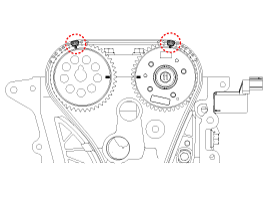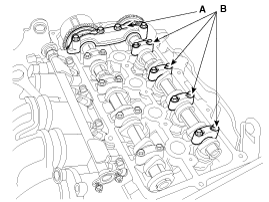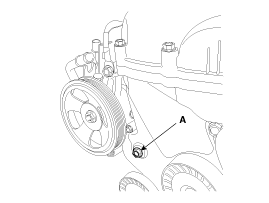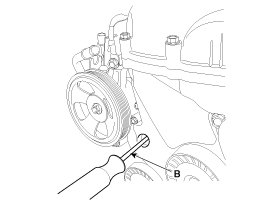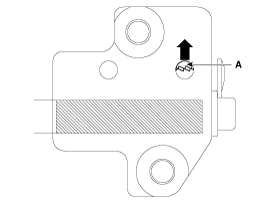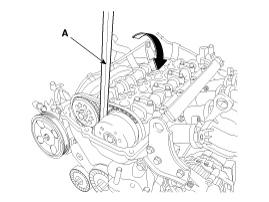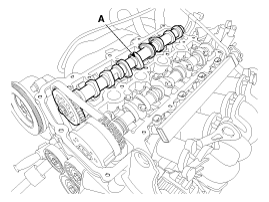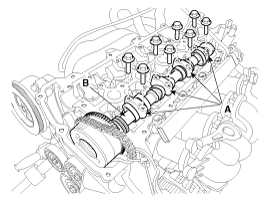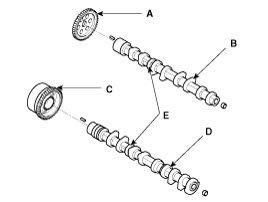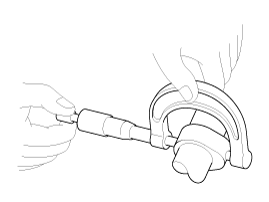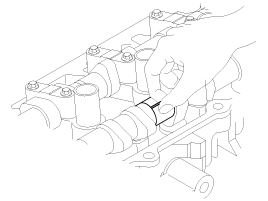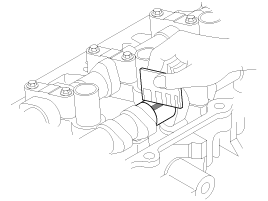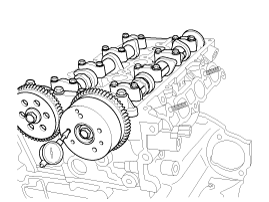Set the piston of No.1 cylinder to the TDC (top dead center) on compression stroke.
Turn the crankshaft pulley clockwise and align its groove with the timing mark of the timing chain cover.
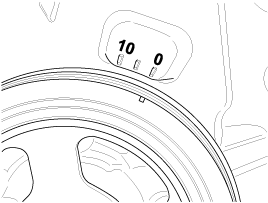
Do not rotate engine counterclockwise.
Check that the TDC marks of the intake CVVT sprocket and exhaust camshaft sprocket are in straight line on the cylinder head surface as shown in the illustration.
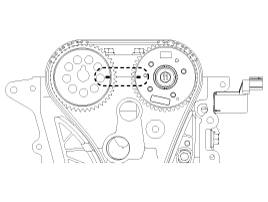
If not, turn the crankshaft one revolution (360°). (Do not rotate engine counterclockwise.)
Mark on the timing chain links corresponding to the timing marks of the intake CVVT sprocket and exhaust camshaft sprocket.
